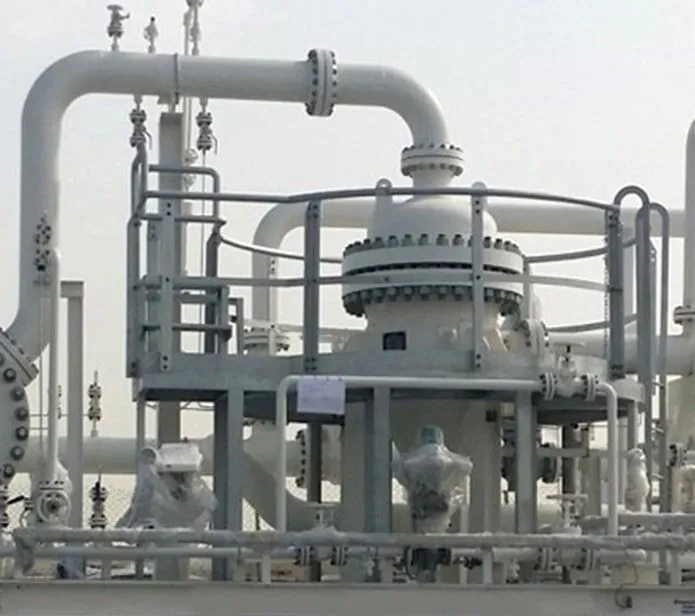Seven million. According to a recent study just released by The World Health Organization, that’s how many people died from pollution in the world last year—16% of all deaths worldwide. According to a recent paper in the British journal The Lancet, cited in TIME magazine, the number could be as high as nine million.
Organization, that’s how many people died from pollution in the world last year—16% of all deaths worldwide. According to a recent paper in the British journal The Lancet, cited in TIME magazine, the number could be as high as nine million.
The vast majority of those people were in developing “low- and middle-income” countries. In places like India, China, Pakistan, Bangladesh, Madagascar, and Kenya, up to one in four deaths can be tied to pollution. In 2015, pollution in China was linked to 1.8 million deaths, and in India it was linked to 2.5 million deaths. And while the figure for the US is an order of magnitude smaller at 155,000, that’s still far too many. As the saying goes, those people were parents and grandparents and siblings and children. Every one of them mattered.
Those of us in the pollution control industry, and industrials that take action to do right by the environment, can be proud that over the last five decades, successive advances in technology have brought the US figure down to where it is today. Back in the 1960s and ‘70s, children in Los Angeles were often not allowed outdoors to play because of the deadly smog. Sooty particulates from power plants and steel mills shortened the lives of millions across the industrial Midwest. Nitrogen and sulfur oxide (NOx and SOx) emissions from smokestacks were killing our woodlands as airborne moisture turned them into acids. The Cuyahoga River caught on fire.
There’s no question that we’re doing better today in this country. But there’s more to be done. And there’s the new challenge of carbon pollution and its possible impacts on the climate, the atmosphere, and the oceans.
Some of our customers and other industrials are reducing their impact on the environment with things like alternative feedstock, cleaner inputs, low sinter iron ore in China and higher air quality regulations in Southern California. There is still a lot more to be done and business leaders in this industry can lead the way. I believe we need to aim for the eventual goal of a low-to-zero-pollution economy that doesn’t impact robust growth. In turn, we can drive a higher quality of air, and life for people around the world.
Many of our most effective core technologies for pollution control have set standards and stood the test of time: wet and dry scrubbers, catalytic converters, cyclone and venturi separation chambers, electrostatic particle collectors. If we want to improve that effectiveness and remain competitive, there are some opportunities for innovation and evolution:
- They should be affordable in both materials and manufacturing.
- They should be adaptable and capable of being retrofitted to existing equipment without major disruption.
- They should trap the broadest possible range of pollutants to keep energy requirements and environmental impact footprints down.
- They should – where possible – convert trapped pollutants into valuable chemicals.
Happily, there are a growing number of examples out there, from test-bed models and pilot projects to full-on commercial implementations.
One example is in NOx emissions reduction. Selective Non-Catalytic Reduction (SNCR) is a mature, effective, and affordable technology that breaks NOx in furnace-flue gas down into nitrogen gas (N2), water, and carbon dioxide, using ammonia or urea as a reagent. The SNCR technology does these things well, and we’re always looking to improve it.
And there’s the leftover CO2. The USDOE recently funded a pilot project in this area. The technology converts waste CO2 into CO using a solid-oxide electrolyzer (SOE). The SOE cell is adapted for combustion-assisted electrolysis, which both provides the energy required for reduction and lowers the electrical potential needed to kick off the reduction reaction. The CO from this process can be combined with an ethane derivative from shale gas, ethylene oxide, to form an intermediate called beta-propiolactone (BPL). The BPL can then serve as feedstock for the creation of various useful chemicals. Those are the kinds of synergies we’re looking for.
Next time: The potential of nanotechnology for emission control.



